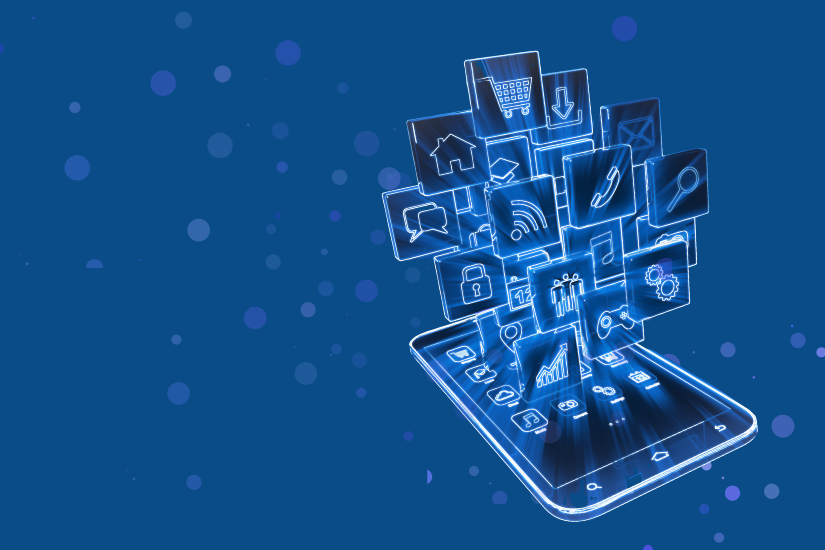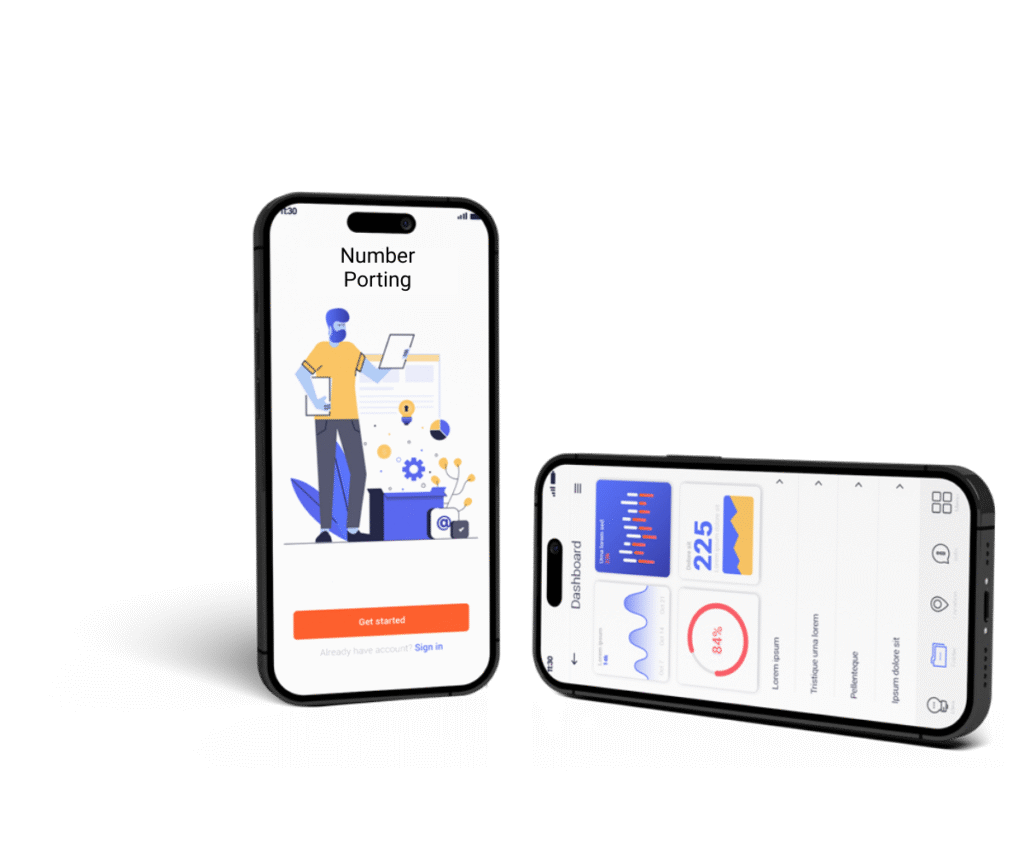Porting – Yesterday, Today, and Tomorrow

Porting has evolved in the last 25+ years. 10x People has watched early assumptions prove limiting and new use cases arise that were not considered at its inception. Number portability has come a long way from the “I want to change my carrier but keep my number” days. Take a trip with us down memory […]


